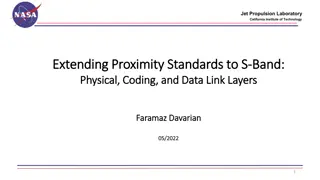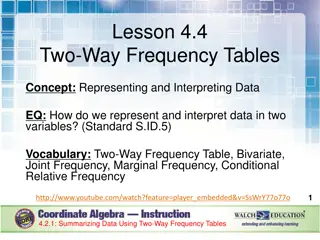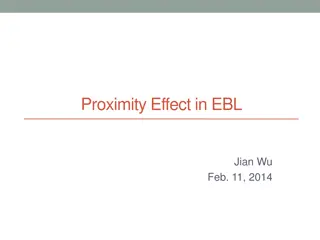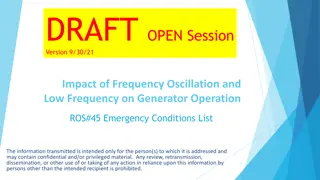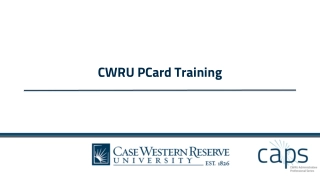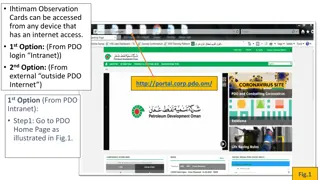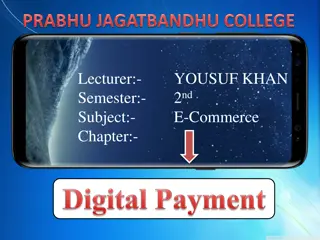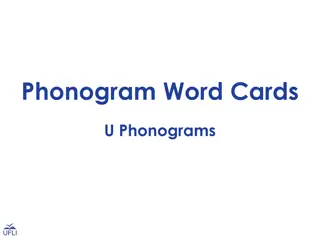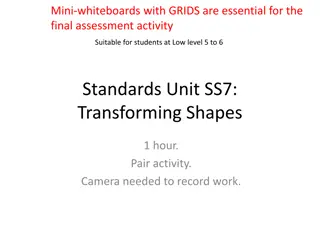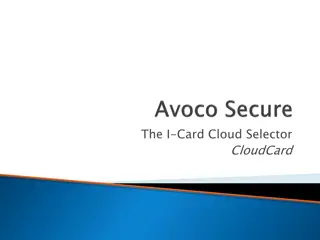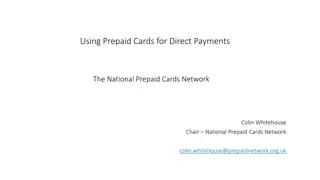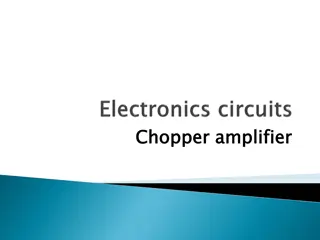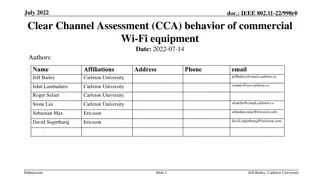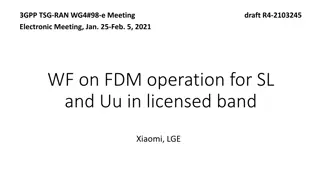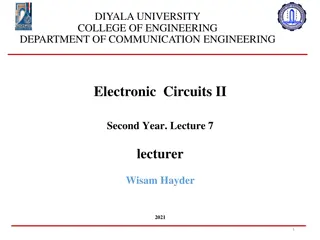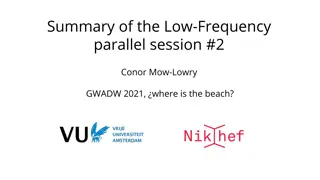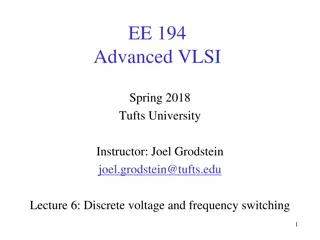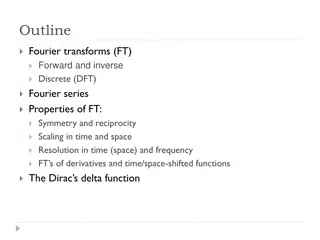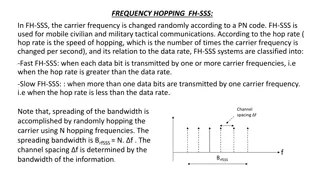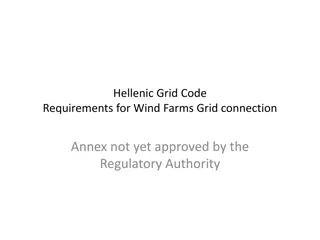
What is the Frequency of Proximity Cards?
Learn about the frequency ranges used by proximity cards for secure access control systems and their applications.n
Download Presentation

Please find below an Image/Link to download the presentation.
The content on the website is provided AS IS for your information and personal use only. It may not be sold, licensed, or shared on other websites without obtaining consent from the author. Download presentation by click this link. If you encounter any issues during the download, it is possible that the publisher has removed the file from their server.
E N D
Presentation Transcript
What is the Frequency of Proximity Cards? Proximity ID cards have become an essential part of our daily lives, providing a convenient and secure way to access buildings, offices, and even public transportation. But have you ever wondered how these cards work and what makes them so effective? Let s know all about them! What Are Proximity Cards? Proximity cards are a type of contactless card used for access control. Unlike traditional magnetic stripe cards that need to be swiped, proximity cards only need to be held near a reader to grant access. This makes them more convenient and faster to use. How Do Proximity Cards Work? PVC Proximity cards work using radio frequency identification (RFID) technology. Inside each card, there is a tiny microchip and antenna. When the card is brought close to a reader, the reader sends out a radio frequency signal. The card's antenna picks up this signal and powers the microchip, which then sends back a unique identification number to the reader. This number is used to verify the cardholder's identity and grant access.
Frequency of Proximity Cards The frequency of proximity cards refers to the radio waves they use to communicate with the reader. Most proximity cards operate at one of two frequencies: 125 kHz (Low Frequency): These cards are often referred to as LF proximity cards. They are commonly used for access control in buildings and offices. Examples include many types of proximity ID cards and ISO PVC proximity card. 13.56 MHz (High Frequency): These cards are known as HF proximity cards or smart cards. They are used in applications that require more security and data storage, such as transit passes and contactless payment systems. Proximity cards often use this frequency. Read More Articles: The Role of 'Rerum Per Octennium' in Understanding Dutch-Brazilian History Types of Proximity Cards There are several types of proximity cards, each designed for different purposes. The table below summarizes the main types of proximity cards, their frequencies, and common uses: Type of Proximity Card Frequen cy Common Uses ISO Card PVC Proximity 125 kHz Building and office access control Proximity ID Cards 125 kHz Employee identification and access Proximity Smart Card 13.56 MHz Transit passes, contactless payments, secure access PVC Proximity Cards 125 kHz General access control Benefits of Proximity Cards PVC Proximity cards offer several advantages over traditional magnetic stripe cards: Convenience: No need to swipe; just hold the card near the reader. Speed: Faster access, reducing wait times at entry points.
Durability: Less wear and tear since there is no physical contact with the reader. Security: Harder to duplicate compared to magnetic stripe cards. Applications of Proximity Cards Proximity cards are used in a variety of settings. Here are some examples of the application of cards: Office Buildings: Employees use proximity ID cards to gain access to secure areas. Schools and Universities: Students and staff use proximity cards for building access and attendance tracking. Public Transportation: Many transit systems use a proximity smart card for fare payment. Hotels: Guests use proximity cards to access their rooms and other facilities. Healthcare Facilities: Staff use proximity cards to access secure areas and patient records. Choosing the Right Proximity Card When selecting a proximity card, it's important to consider the specific needs of your application. Here are some factors to keep in mind: Frequency: Determine whether you need a low-frequency (125 kHz) or high-frequency (13.56 MHz) card based on your security requirements. Durability: Choose an ISO PVC proximity card or PVC proximity card for their durability and longevity. Security: For applications requiring higher security, opt for proximity smart card. Read More Articles: Caspar Barlaeus: The Scholar Behind 'Rerum Per Octennium' Summary Table of Proximity Card Features Here s a detailed comparison to help you choose the right proximity card: Feature 125 Cards kHz Proximity 13.56 MHz Proximity Smart Cards
Common Name LF Proximity Cards HF Proximity Cards Typical Uses Building access, employee ID Transit payments passes, secure access, Security Level Basic High Data Storage Minimal Moderate to high Cost Lower Higher Conclusion In a world where security and convenience are paramount, proximity cards stand out as a reliable solution. Whether for an office, school, or public transportation, these cards make life easier and safer for everyone. If you are considering implementing proximity cards in your system, be sure to reach out to a trusted provider who can guide you through the options and help you find the perfect solution for your requirements. Looking for high-quality smart cards to enhance your access control systems? Bristol ID Technologies offers top-notch proximity smart cards that provide advanced security features and reliable performance. Get the best proximity smart cards from us! Site Article: What is the Frequency of Proximity Cards




